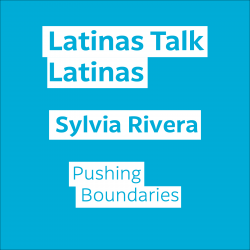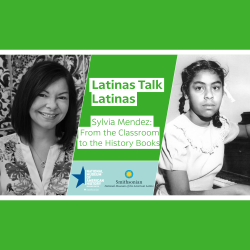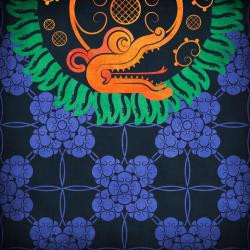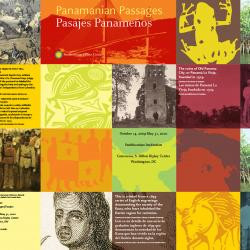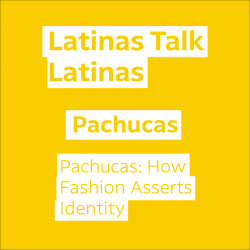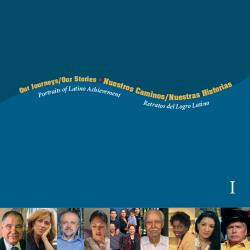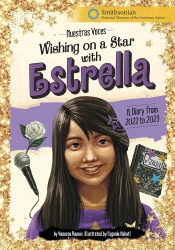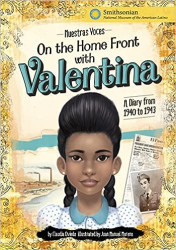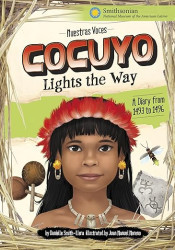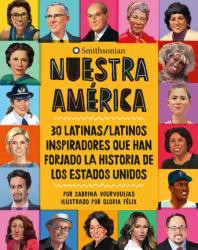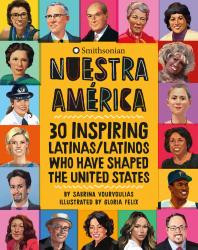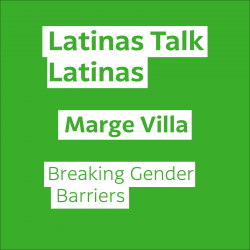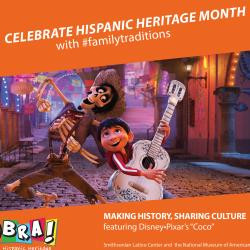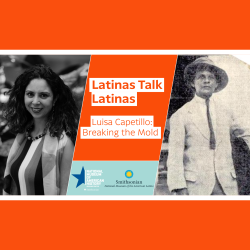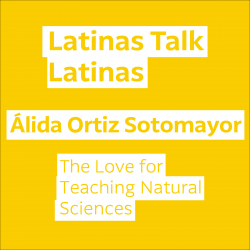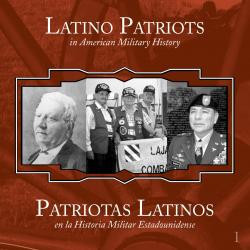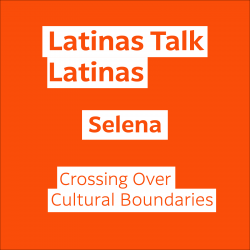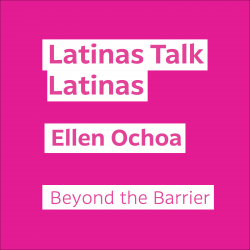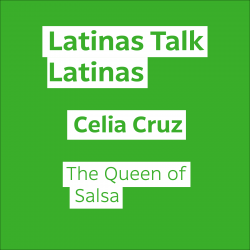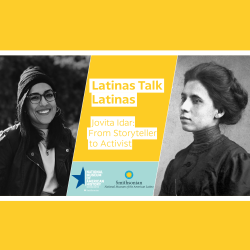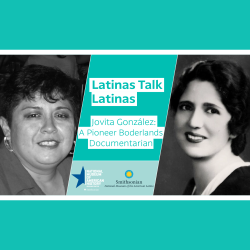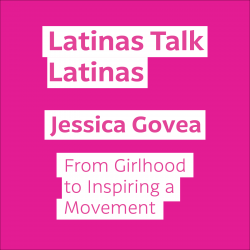Smithsonian Latino Museum
The Smithsonian’s National Museum of the American Latino advances the representation, understanding and appreciation of Latino history and culture in the United States. The museum provides financial resources and collaborates with other museums to expand scholarly research, public programs, digital content, collections and more. The museum’s Molina Family Latino Gallery is the Smithsonian’s first gallery dedicated to the Latino experience. The legislation creating the National Museum of the American Latino at the Smithsonian passed Dec. 27, 2020. Connect with the museum at latino.si.edu, and follow @USLatinoMuseum on Facebook, Instagram and Twitter.
Smithsonian Latino Museum's collections
Sylvia Rivera, Latinas on Latinas
 Smithsonian Latino Museum
Smithsonian Latino Museum
Sylvia Mendez, Latinas Talk Latinas
 Smithsonian Latino Museum
Smithsonian Latino Museum
Southern Identity: Contemporary Argentine Art
 Smithsonian Latino Museum
Smithsonian Latino Museum
Our Journeys Our Stories: Portraits of Latino Achievement | Nuestros Caminos Nuestras Historias: Retratos del Logro Latino
 Smithsonian Latino Museum
Smithsonian Latino Museum
Nuestras Voces: Wishing on Star With Estrella
 Smithsonian Latino Museum
Smithsonian Latino Museum
Nuestras Voces: Paloma's Song for Puerto Rico
 Smithsonian Latino Museum
Smithsonian Latino Museum
Nuestra América: 30 Inspiring Latinas/Latinos Who Have Shaped the United States
 Smithsonian Latino Museum
Smithsonian Latino Museum
Marge Villa, Latinas Talk Latinas
 Smithsonian Latino Museum
Smithsonian Latino Museum
Making History, Sharing Culture Featuring Disney-Pixar's Coco
 Smithsonian Latino Museum
Smithsonian Latino Museum
Latinas Talk Latinas: Selena, Crossing Over Cultural Boundaries
 Smithsonian Latino Museum
Smithsonian Latino Museum
Latinas Talk Latinas, Ellen Ochoa
 Smithsonian Latino Museum
Smithsonian Latino Museum
Latinas Talk Latinas: Celia Cruz, The Queen of Salsa
 Smithsonian Latino Museum
Smithsonian Latino Museum

